
It was still quite early when we left the hotel, and - not counting the cascades of neon lights of course - it was already completely dark. The pavements glistened as if it had just rained and reflected the lights of lanterns and giant screens. We moved at a truly tortoise pace, each of us stopping every now and then to take a photo. ‘I’ first took us to the nearest ATM and then to her favourite shop ‘Miniso’.
-Purchase gifts for loved ones now, as you will be too busy to do so later on.

I admit that I didn't have the slightest desire to enter to a store filled with people. People flowed in and out of this shop in waves. An so - one of the waves swept me away as I contemplated my ‘pros and cons, com in, not to come in’ in my head. The shop was not large in terms of floor space, but every bit of floor and wall was filled with shelves and racks. Basically, you could buy everything there - from cosmetics to stationery, toys, clothes to food and drinks. The girls blended in with the crowd and I stood for a long time holding a clear, glass cup with a mini sculpture of Totoro inside (Totoro is a character from the anime ‘My Neighbour Totoro’ by master Hayao Miyazaki). I watched intently how well crafted the tiny work of art was encased in glass. I turned the cup upside down looking for the price - I was struck by how cheap the cup was. I whispered to myself ‘how can this be so cheap?’
I instantly thought of my nieces and nephew. At the time they were still(I first visited China in 2016) very small, so my eyes immediately rested on the stuffed animals. I don't like shopping and avoid it like hell, but buying gifts for loved ones really makes me happy. I looked at the price tags carefully at first, but soon realised that I could afford most things without blowing my work ‘subsistence allowance’.

We left the shop loaded with bags. We decided that since we were so close to the hotel - we would put the shopping away in our rooms and go and get something to eat. ‘I’ showed us a restaurant run by an elderly couple. The place was tiny, the rectangular tables and stools looked like they were from a toy shop. At the very entrance stood two massive metal bowls - one with a green sludge (it looked like mixed spinach and carrots) and the other with a white dough (it resembled pasta dough, smooth and tight, but completely white). On the wall hung a big yellow poster with rows of letters. My basics of Mandarin were enough to understand that I was looking at a menu. There were only four dishes. The cheapest cost ¥5 yuan (today its's $0.69), the most expensive ¥10($1.38).
‘I’ said to pick the cheapest option. We each agreed and after a while there were bowls of steaming, fragrant broth and floating big wontons in front of us. I cook a lot at home but I still had trouble recognising all the spices. The base of the broth was definitely chicken, of that I am sure, as well as the fact that the dominant spices were coriander and red chilli flakes. The wontons were on rice flour (I was able to establish this with the owner of the restaurant using ‘body language’, since she didn't know word in English) and inside was a mixture of pork, spring onion and pok(or bok) choy(Its original name is ‘bai cai which mean - white cabbage. I recommend it as an alternative to other sweet cabbages). And the rest is a mystery :) The portion was huge. We each got 12 wontons in the soup and none of us ate it all. The soup was extremely spicy but very delicious.
I returned to this tiny diner every time I visited Shanghai. I tried many other restaurants afterwards, big and small chains and family businesses - but this was always my favourite place:) The service there was always lovely and the soup always amazing:)

Almost everyone who regularly travelled to the Far East warned me to drink only bottled water and to use bottled water for brushing my teeth. I have read that the difference in the bacterial flora is enormous. Only one friend who has been working with China for more than 10 years told me otherwise.
*- Drink local water always boiled and hot, do this as often as possible and wherever you can. Carry hot water or tea with you and drink only that. I promise you that you will feel great.
Hot water in the middle of summer? What?? Plus I have heard more than once that people on site have stomach problems etc. Nevertheless - ‘J’ has been flying to China 5 times a year for last 10 years, so I thought she must know what she's talking about.
I took this controversial advice despite the laughter of my collegs. And believe it or not - but I was the only person in the team of 8 who didn't have to spend the entire trip on anti-diarrhea medication.
Drinking hot water in 45 degree heat(113°F) seems like an absurd idea, but it really works. I stuck to this ‘protocol’ throughout the trip because I saw how well it worked for me. One day the temperature exceeded 50 degrees(122°F) and that's when I allowed myself to have a rice beer with the girls after work:)

My first trip to China included the audit of two factories(buyers and product managers did an audit every year to check factory conditions and product quality on site). As fro designers – ech one had to go to the factory at least once and receive training in garment production as well as the production of the materials themselves(but about that another time). Many of the photos you can see below are from just such training. I worked for the ‘heavy garment’ department, which in practice means jackets, coats, casual jackets and suits. Sewing these garments is much more complicated than a summer dress or a T-shirt. We learned not only about materials, types of jacket fillings or seam lamination, but also what most affects the price of a product.

I must admit that these ‘visits’ were not easy. The conditions in the factories were far from Western standards. It was only here that I saw with my own eyes why we can sell warm, quilted jackets for only $50 and how quickly such a jacket can be made. I noticed that the fans in the halls were only on when we were inside (I noticed this when we spoke to the factory manager outside).
I was struck by the speed and precision with which each worker did their job. I know how to sew on a sewing machine, but I had never seen before that such a level of precision could be achieved at such a pace. Dismay gave way to admiration. With my beginer-level Chinese, I asked one of the ladies who was in charge of stuffing the fillings in the quilted jackets how she liked working here. She said ‘I like my workmates, but I miss my family, I only see them for the new year’.(Chinese New Year celebrations are one of the most important holidays in the Chinese calendar, factories are closed for 2 to even 4 weeks for this time).

I later learned from my Product Manager that this is a completely natural situation for most workers. Most of them come from small villages and towns many miles away from the factories where they spend most of the year. They live on site (the workers' hotels are located very close to the factories) and visit their families on Chinese New Year to spend this special time together.

Each of these trips had a bittersweet taste. The opportunity to see multicultural Shanghai, green Hangzhou or factory-bound Jiujang cannot be underestimated. I am grateful that I was able to see all these wonderful places and get a taste of China's culture through my job. My visits(in factories), however, have completely changed the way I look at the fashion industry. And that was also the reason why I quit working for ‘fast fashion’ industry.

Today is a last day of my vacation:( So I will not be as active as I was for last 2 weeks. It was lovely to catch up little bit though!
I wish you lovely week!
Yours, Strega Azure
Here you can find first part of my article:
Non-traveller experience in China || ShangHai, JinZhou and more - photo feed and a story

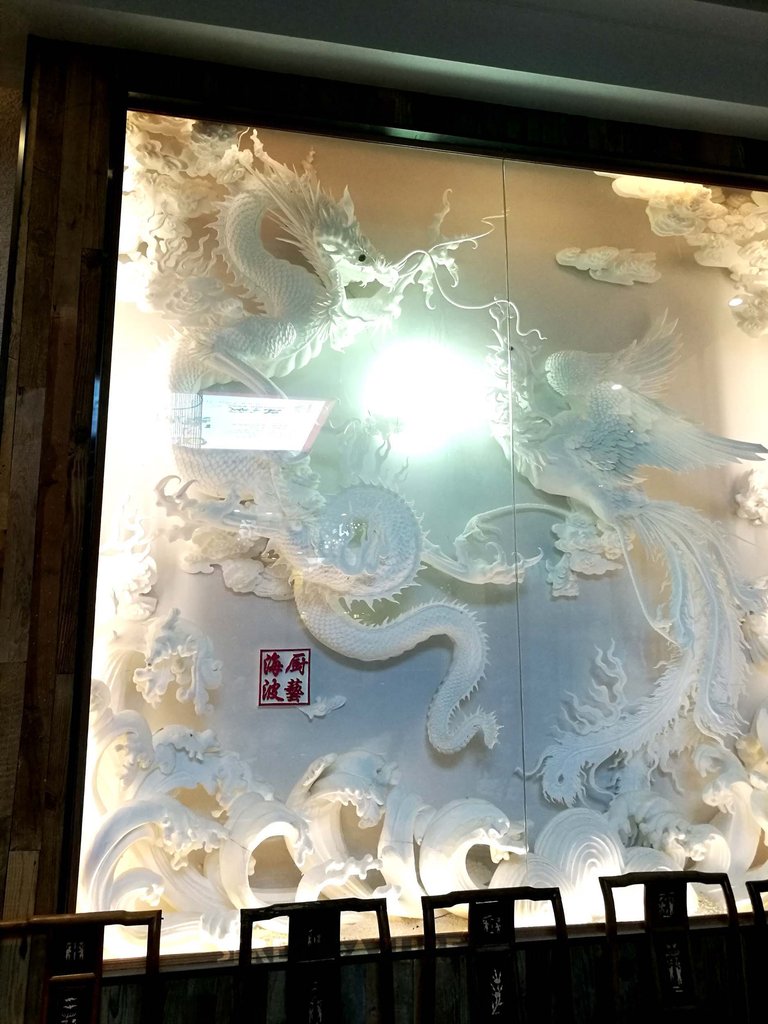

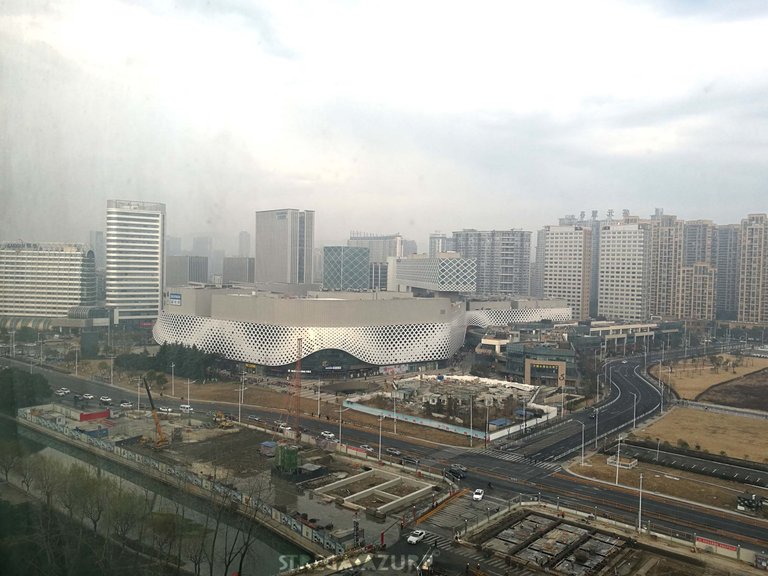

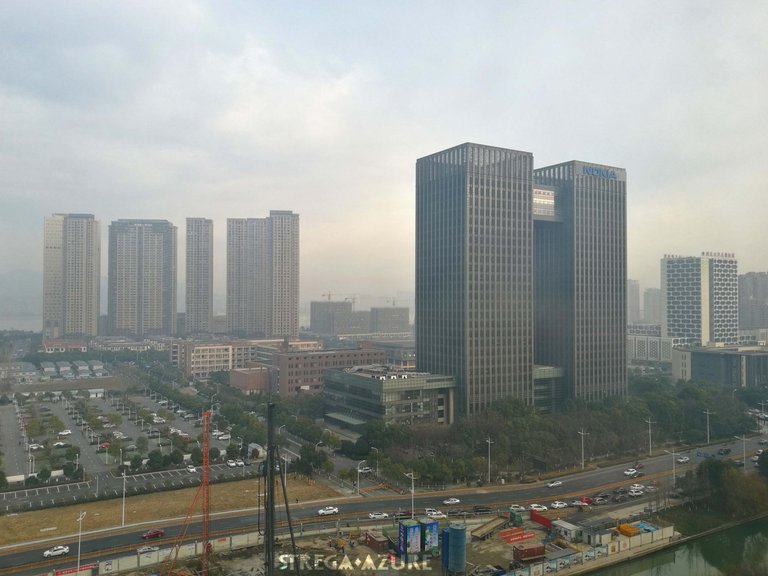



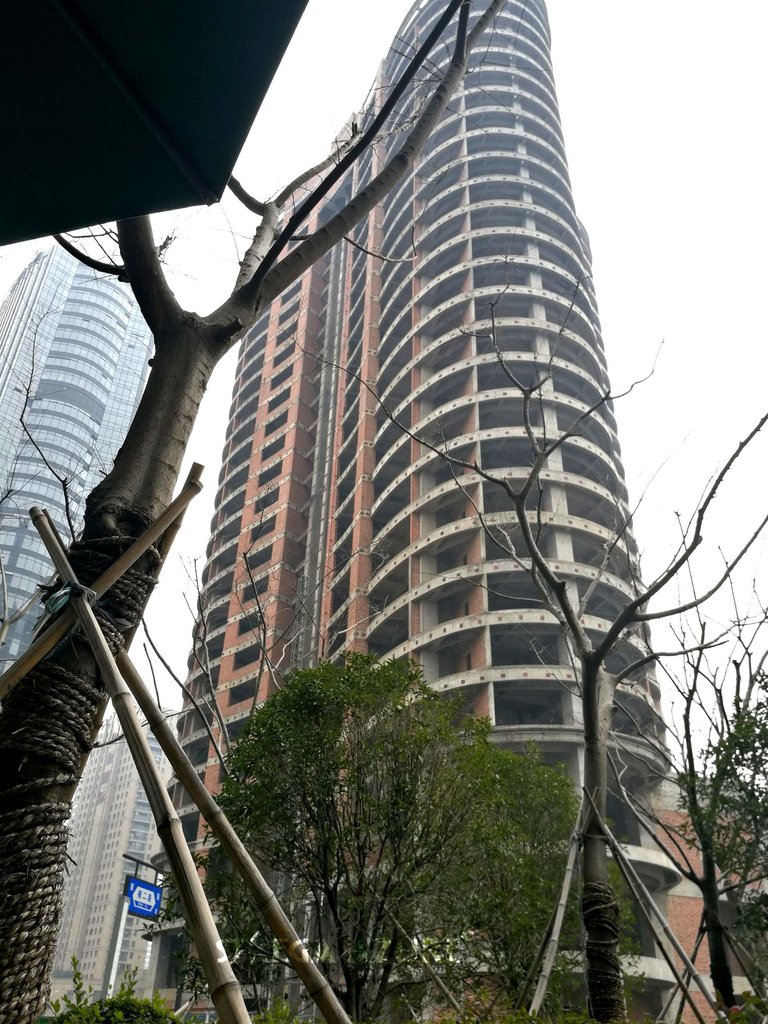

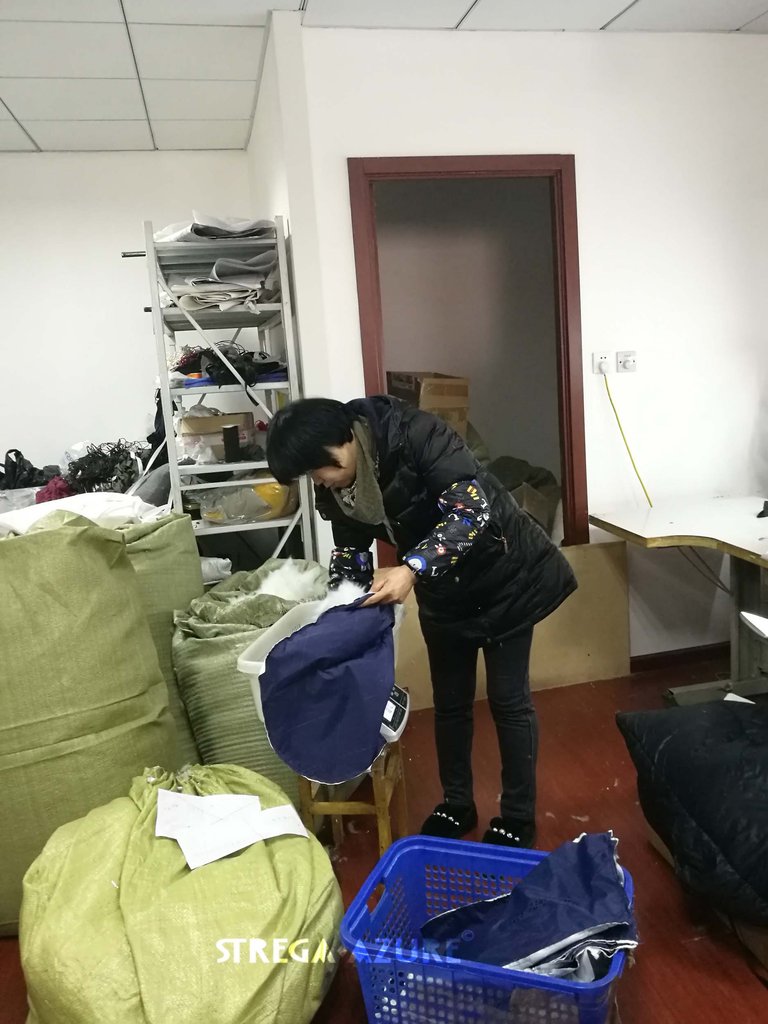

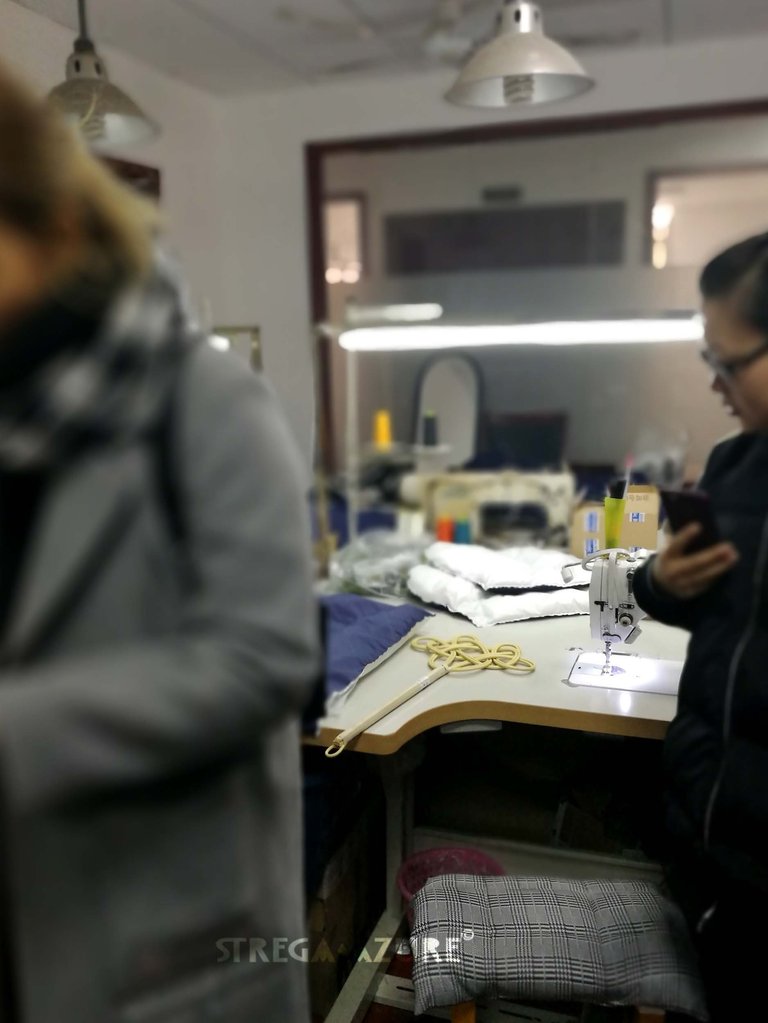

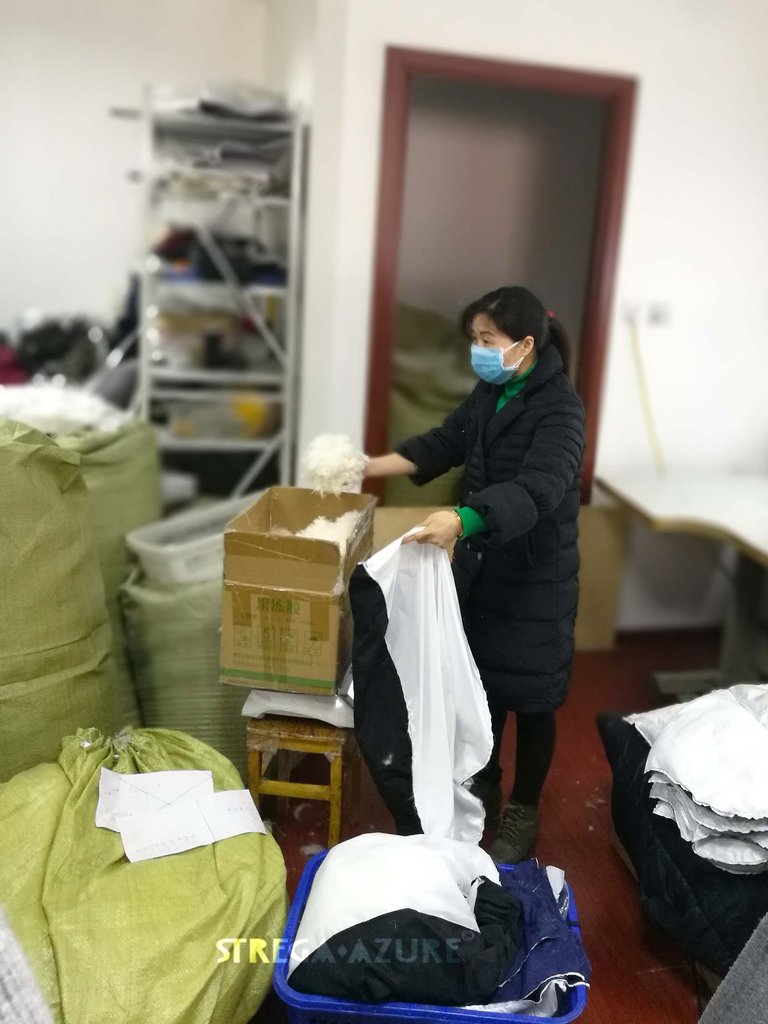

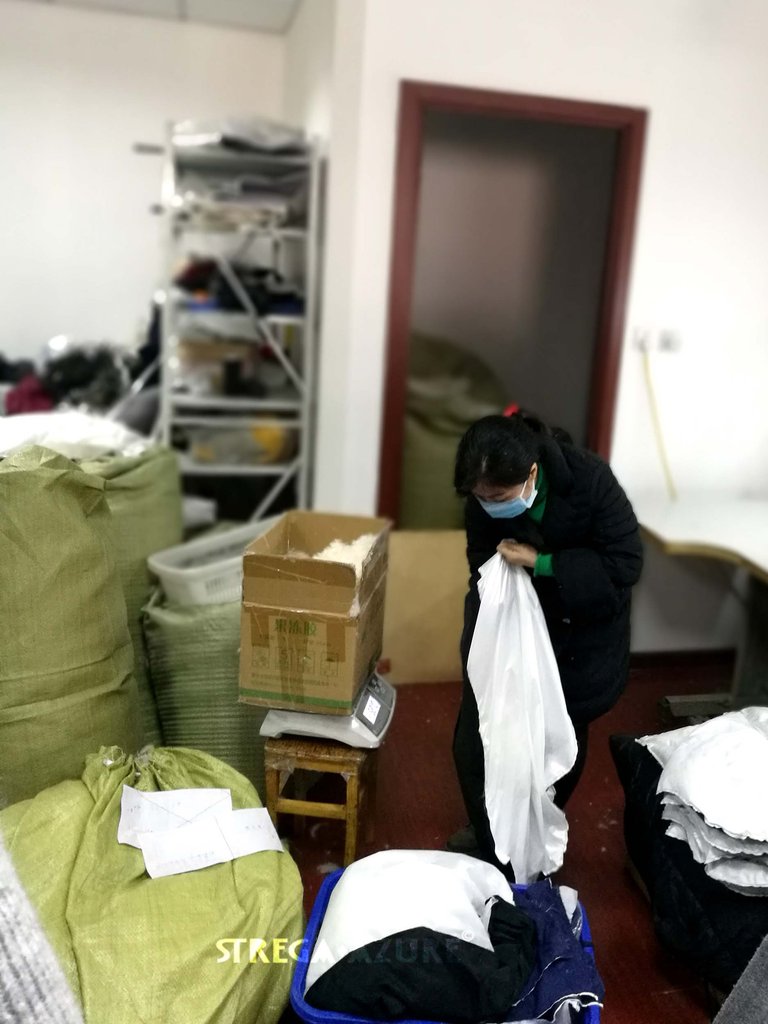



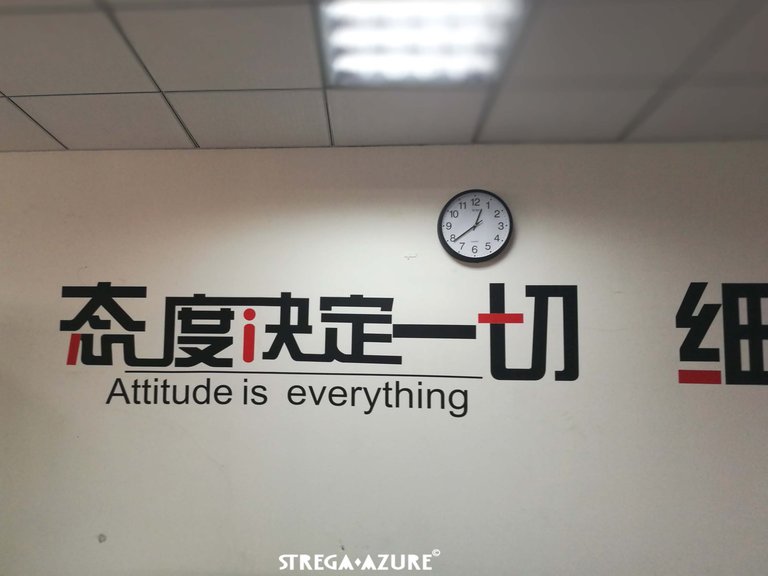

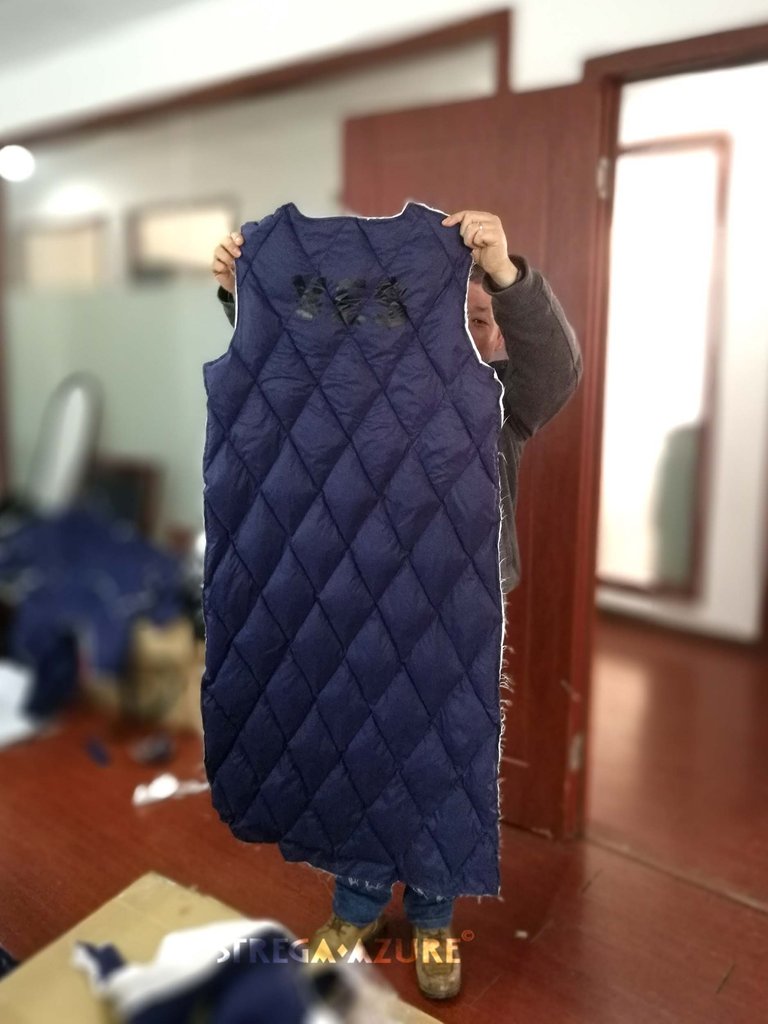

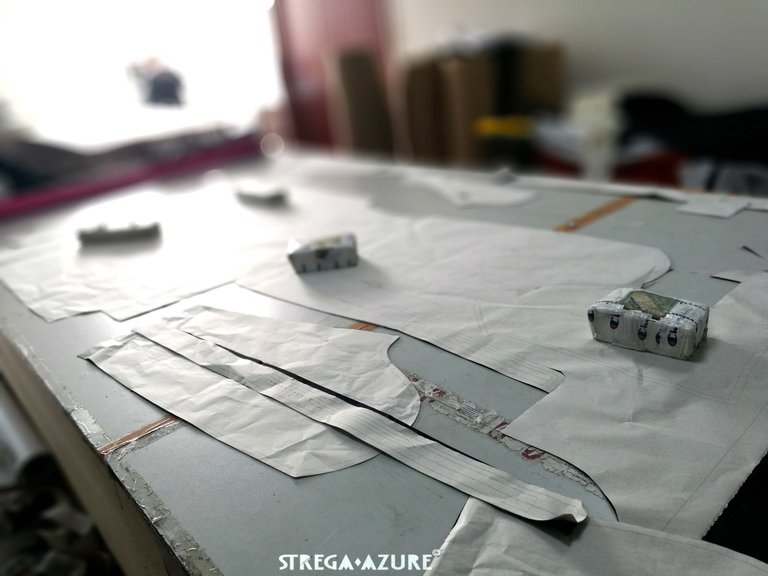



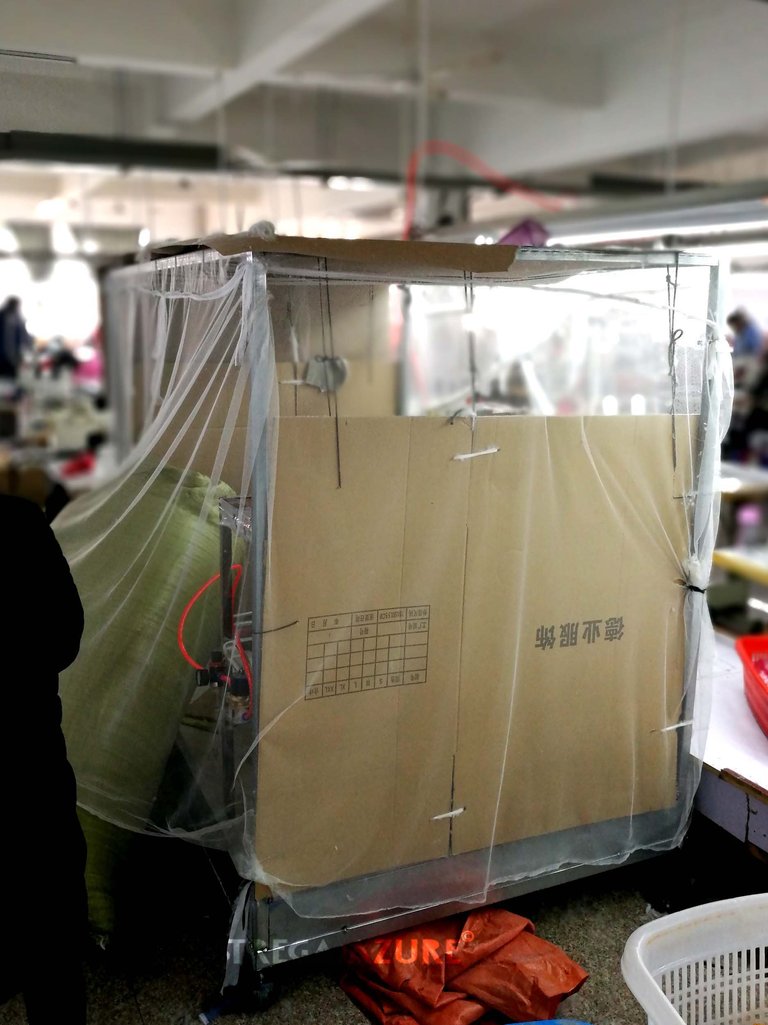

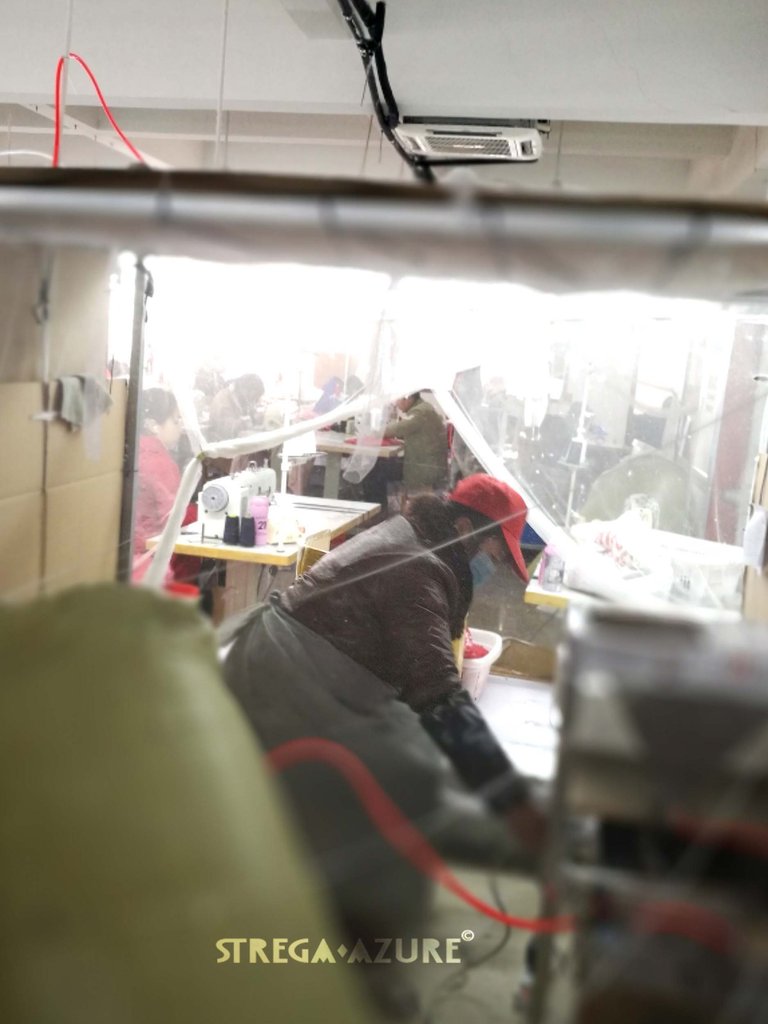

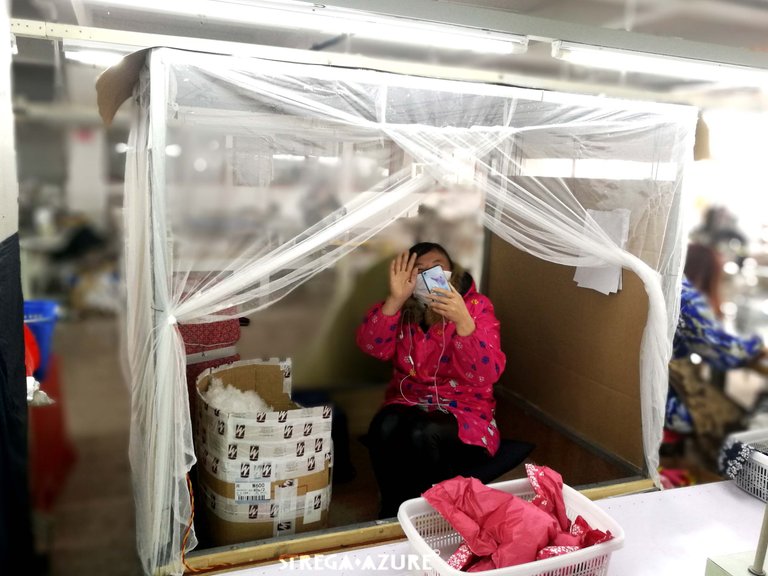



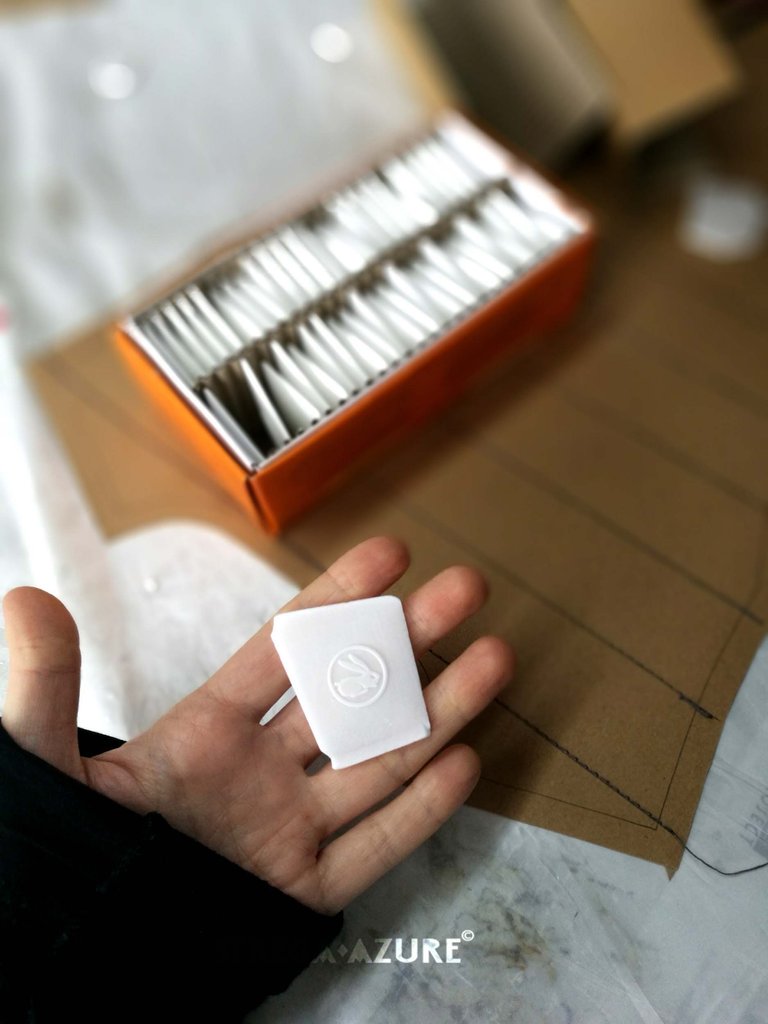

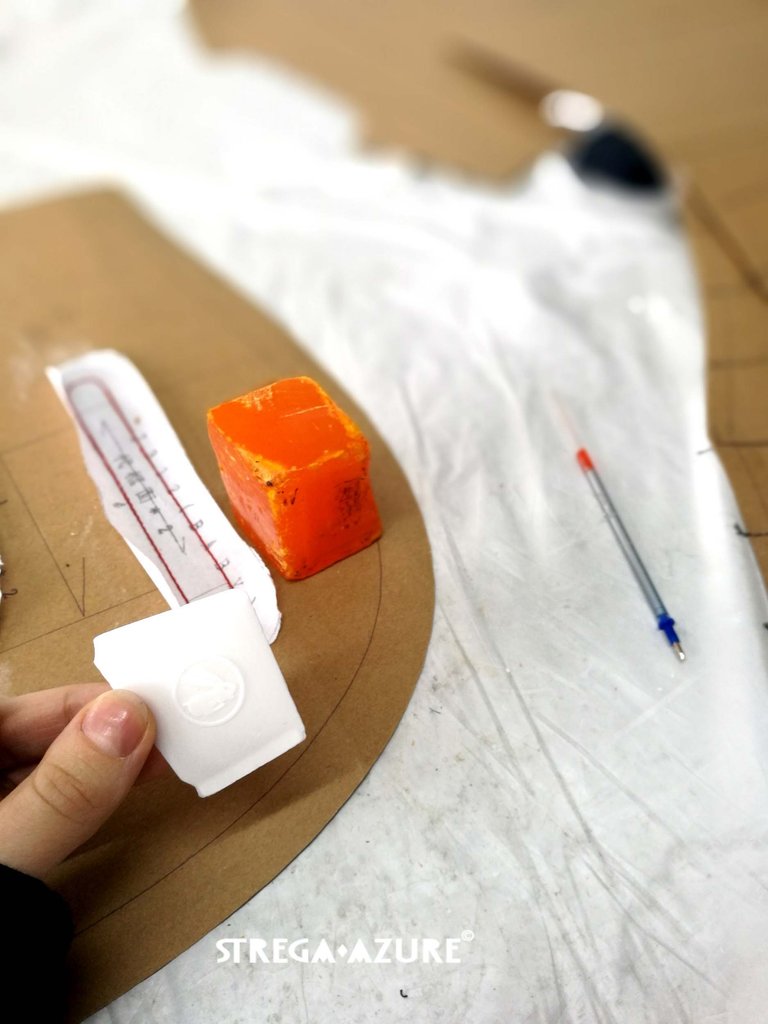



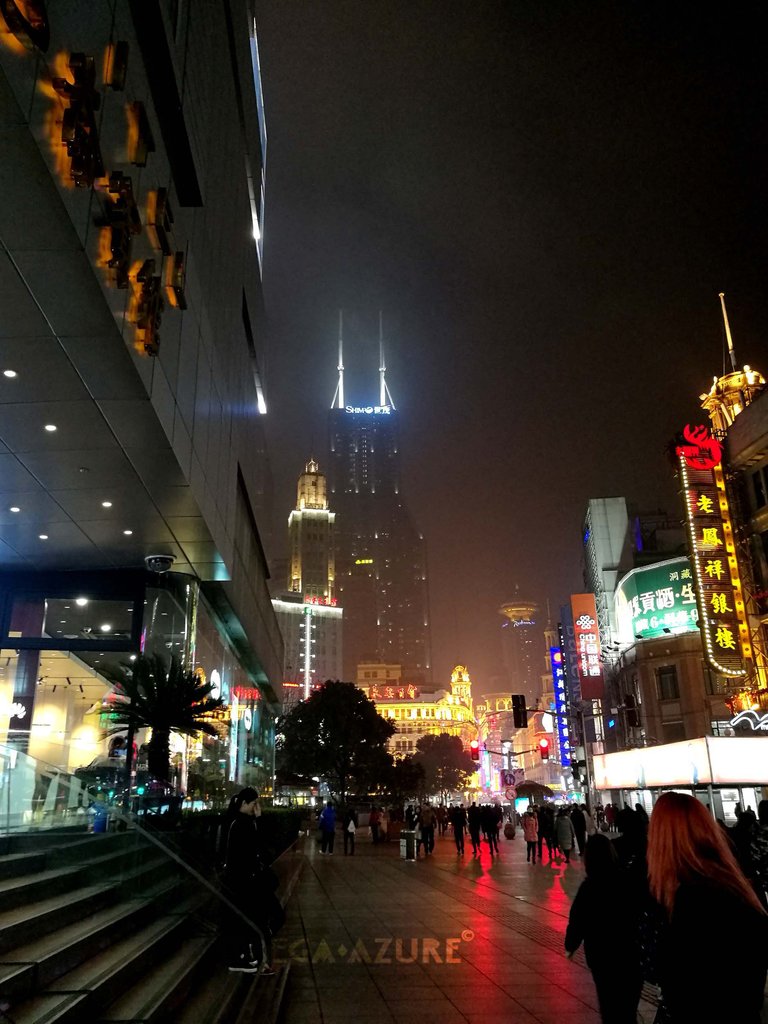

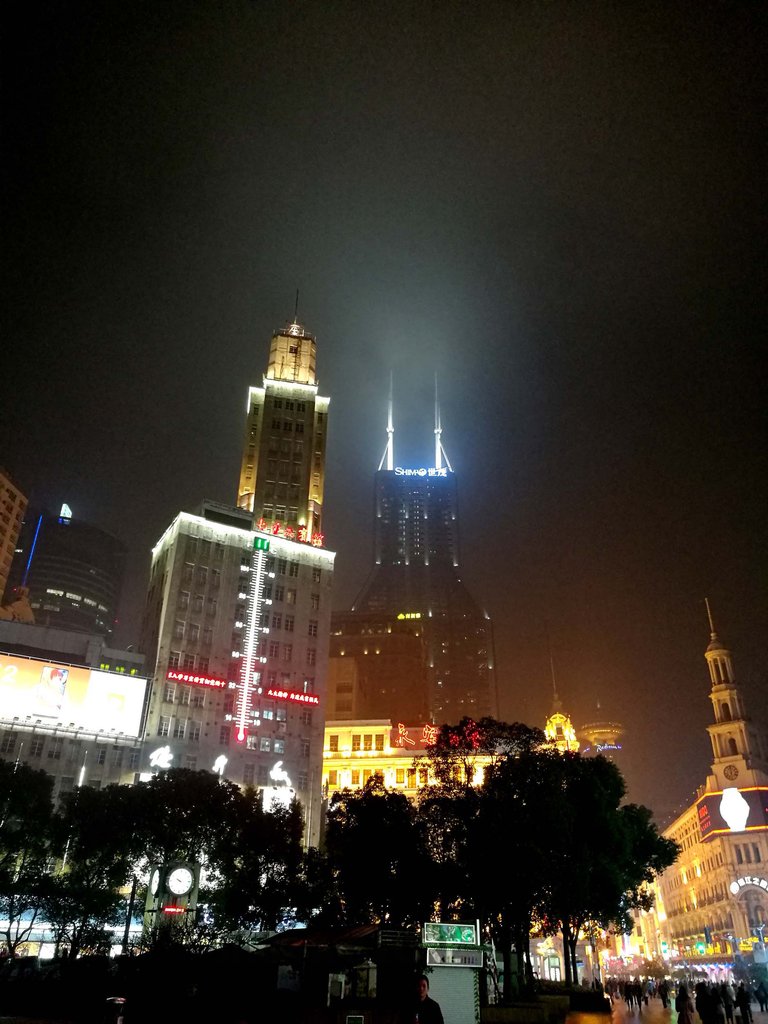

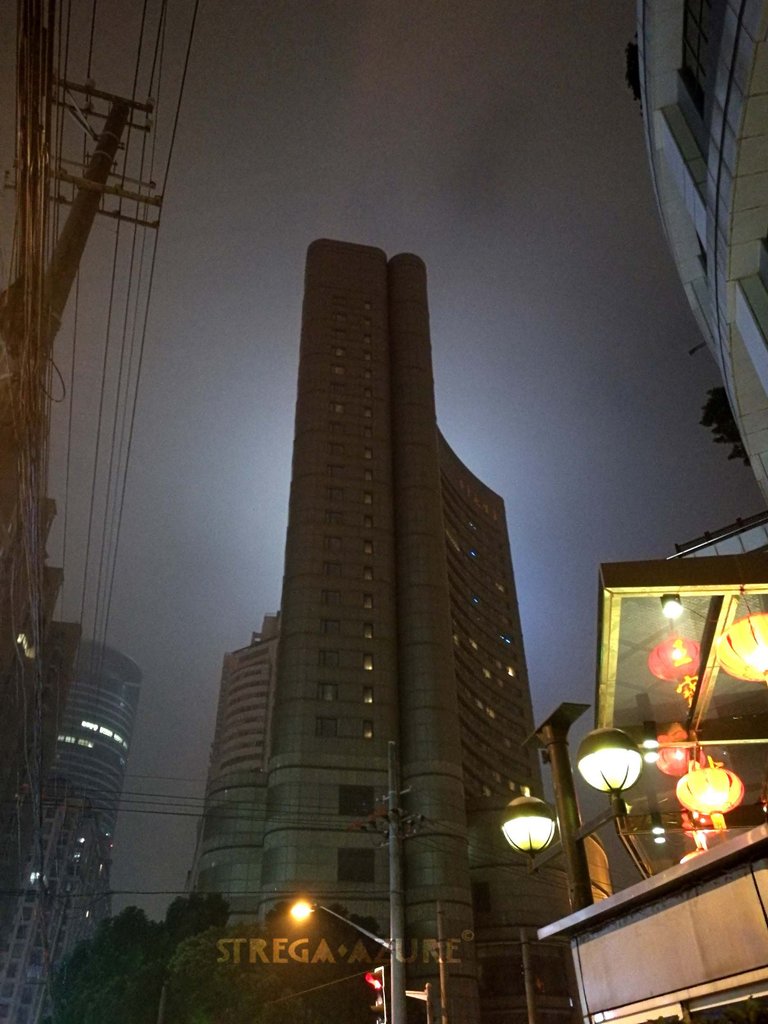

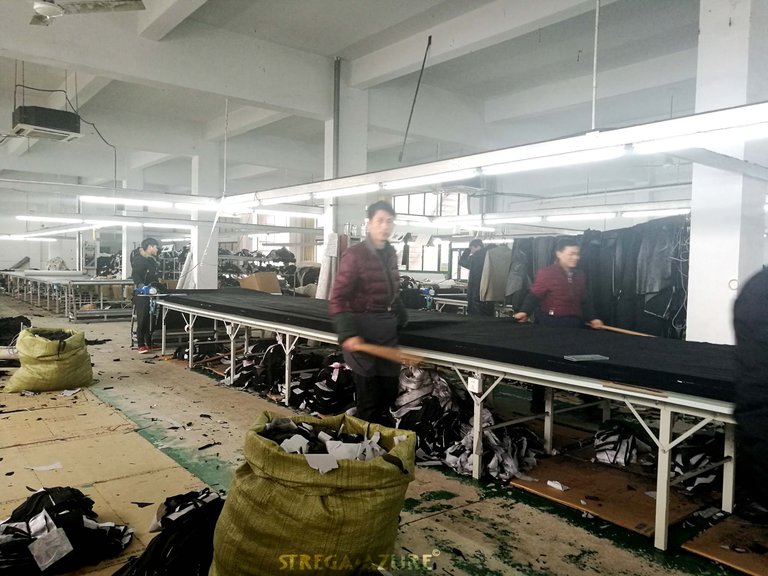

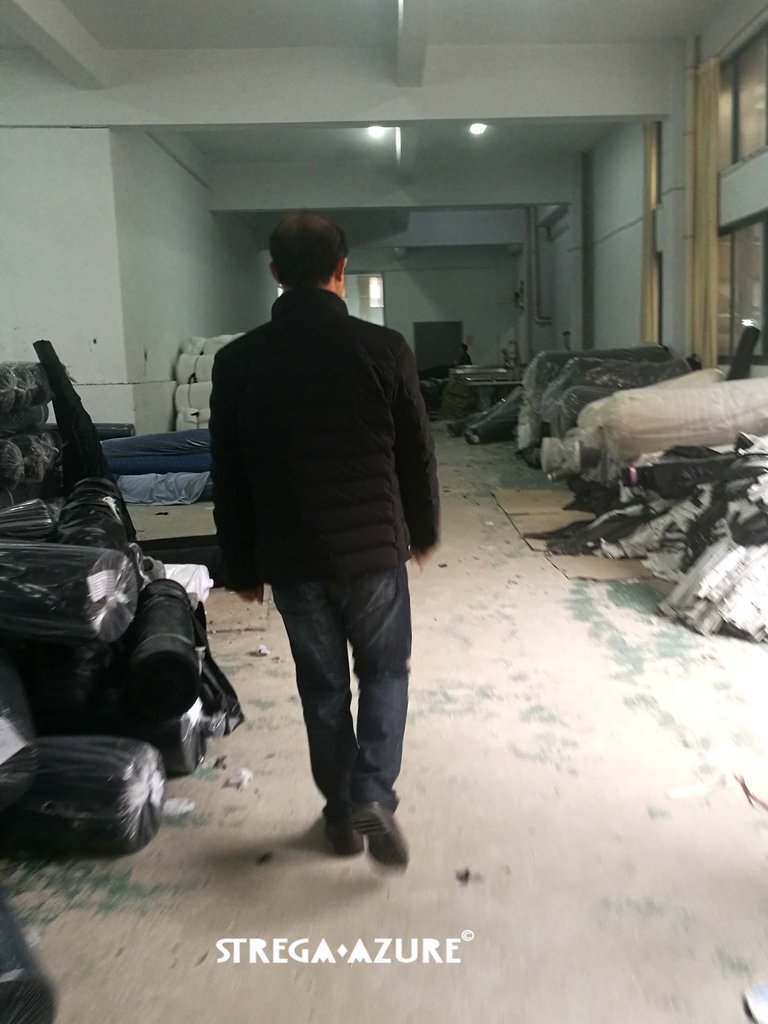

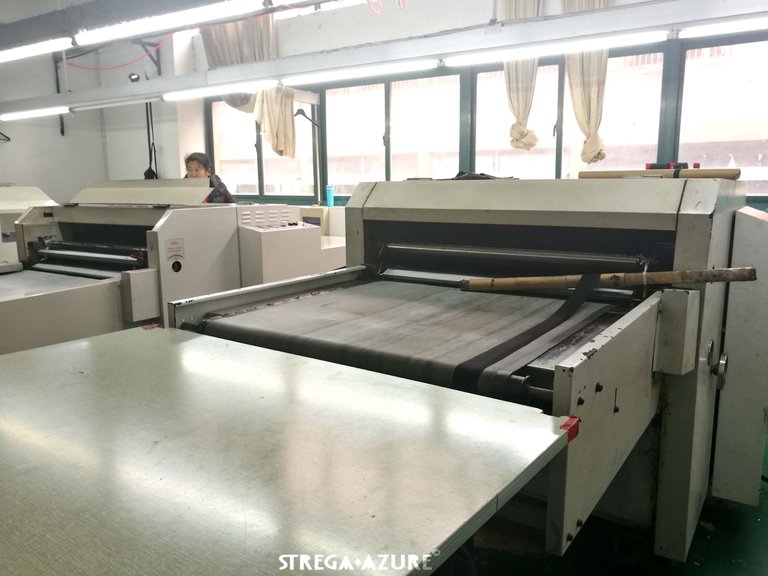

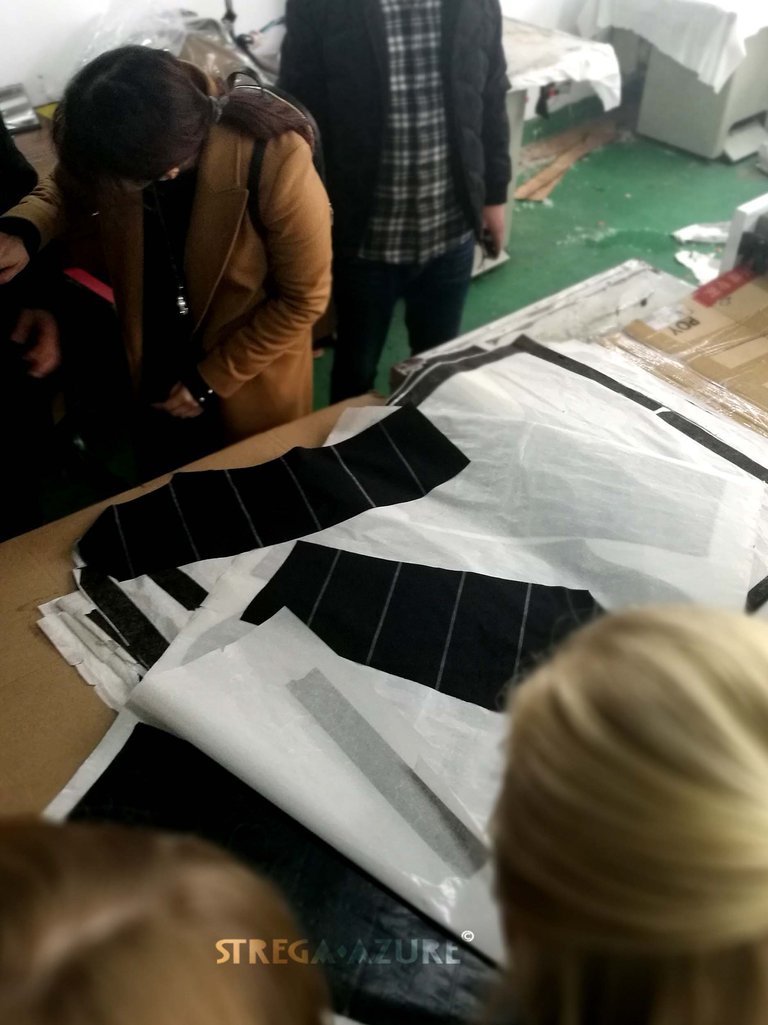

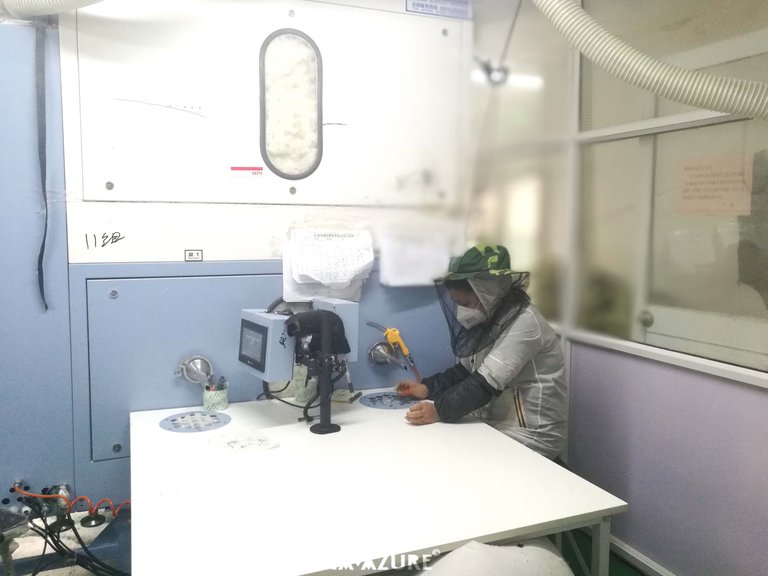







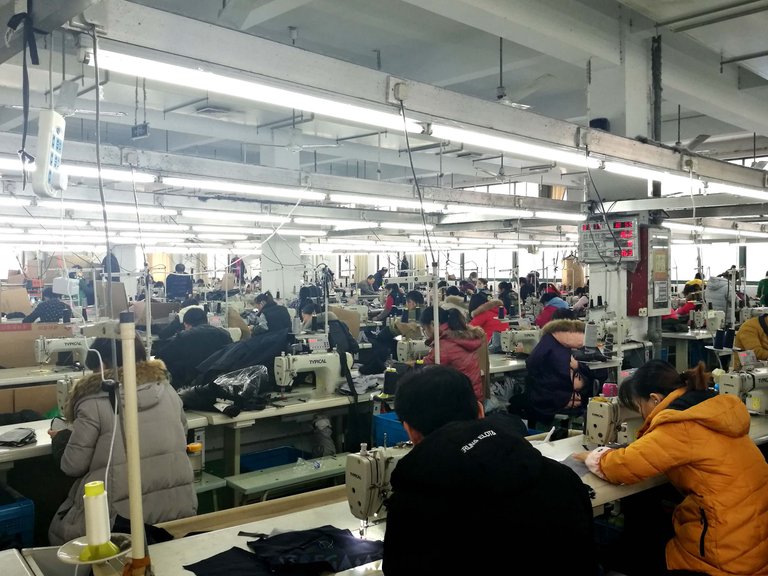

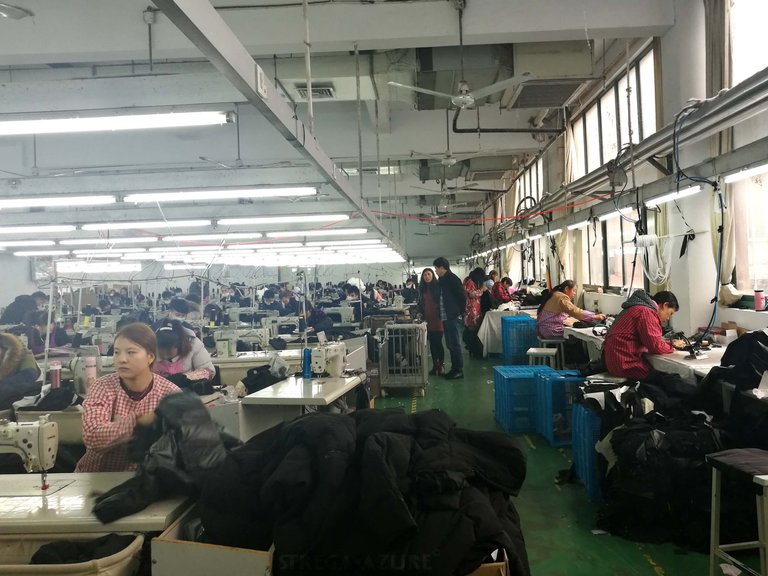

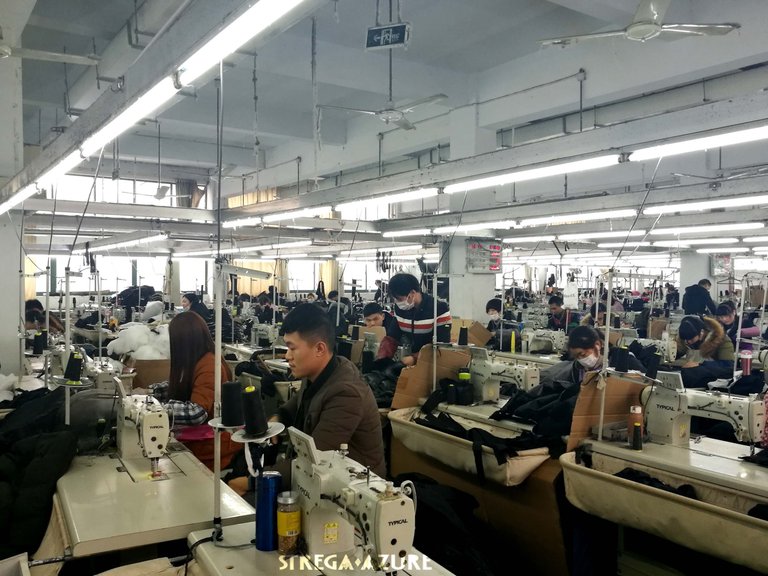

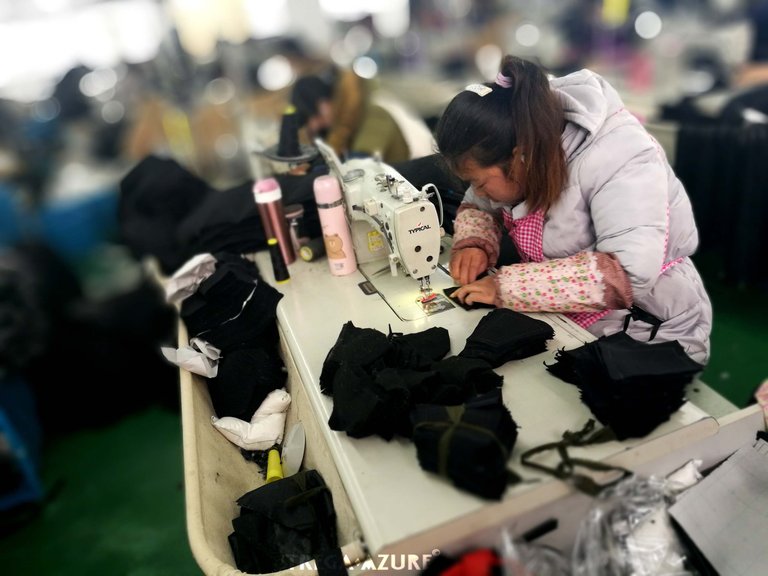

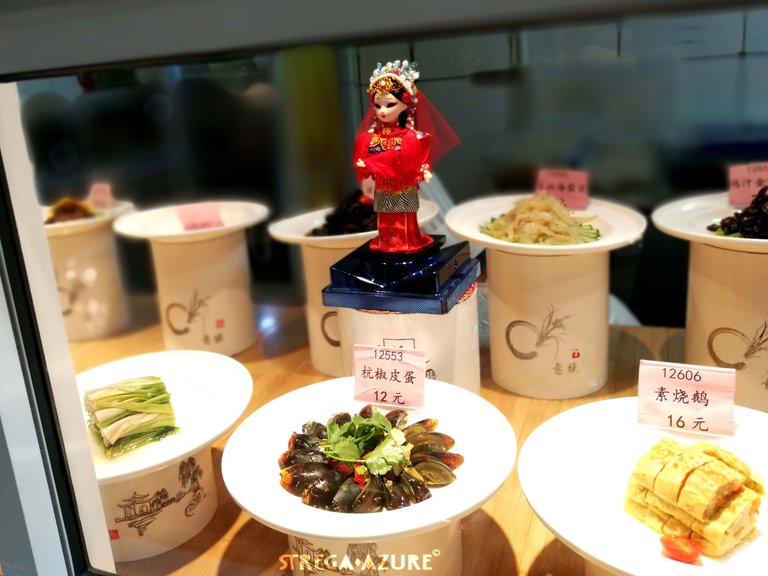

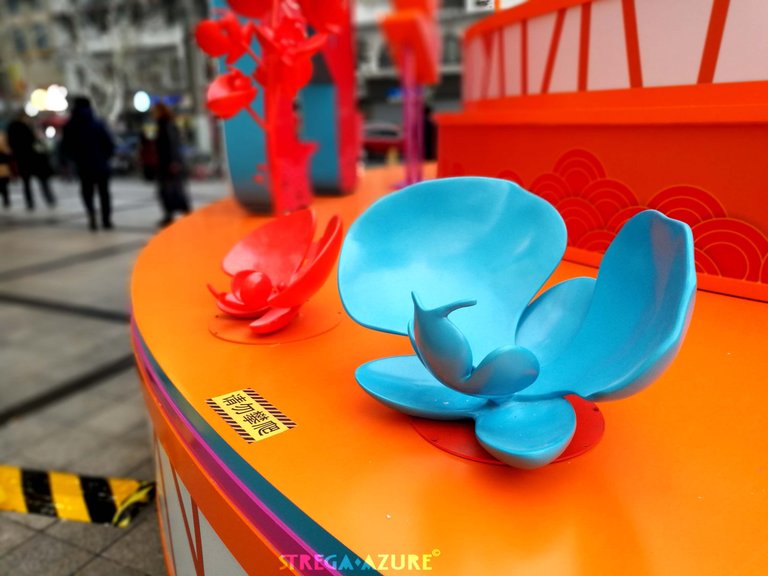

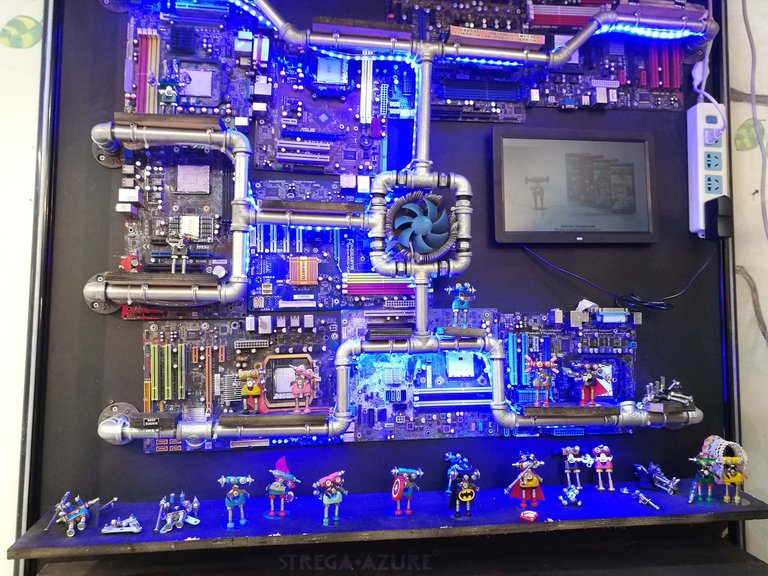

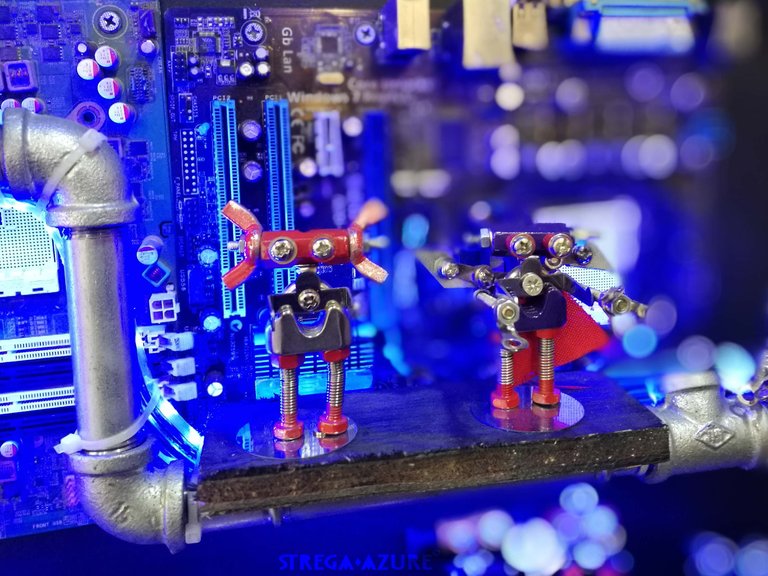

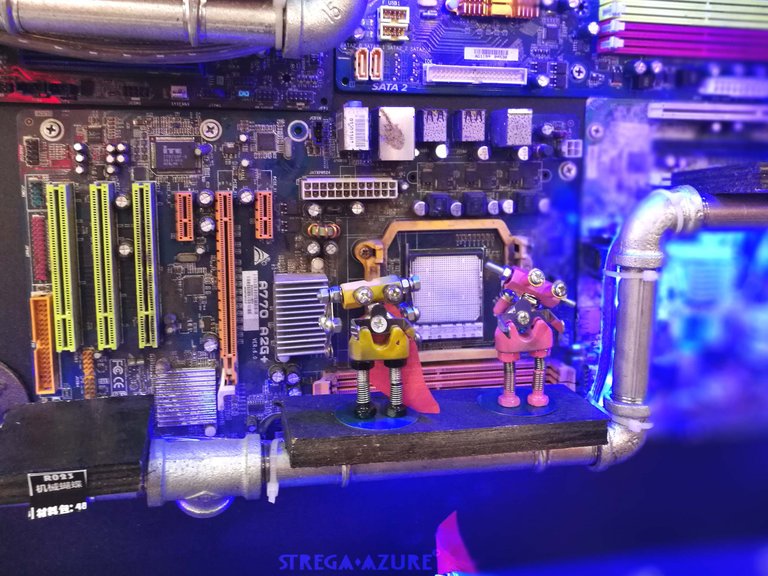

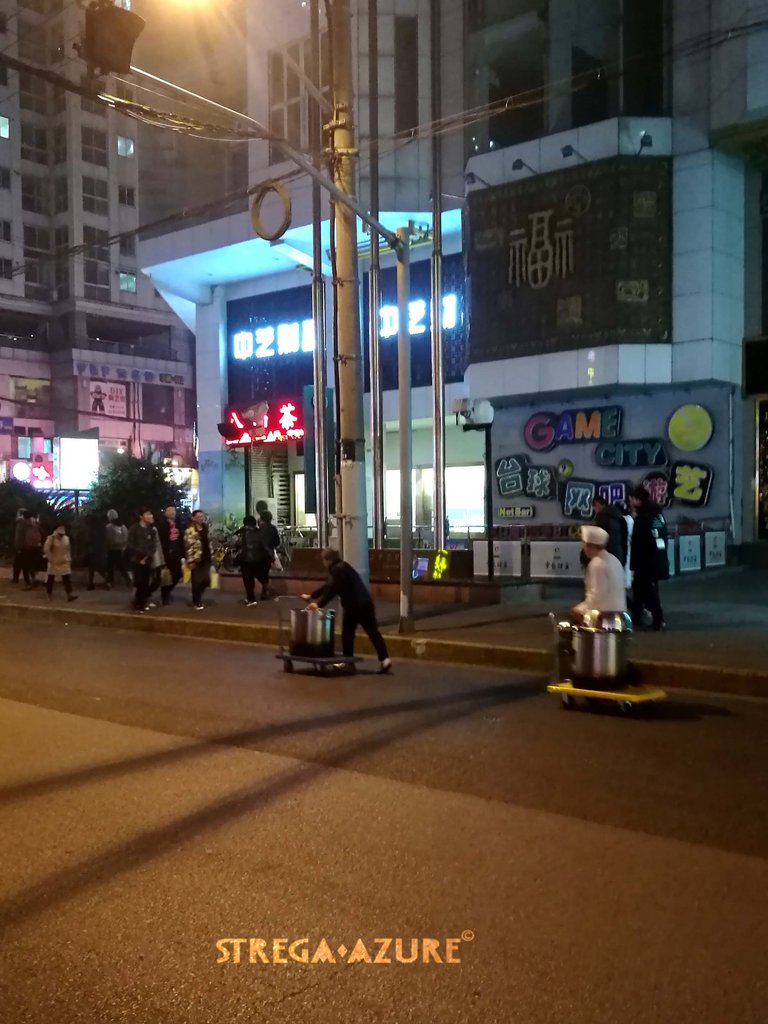
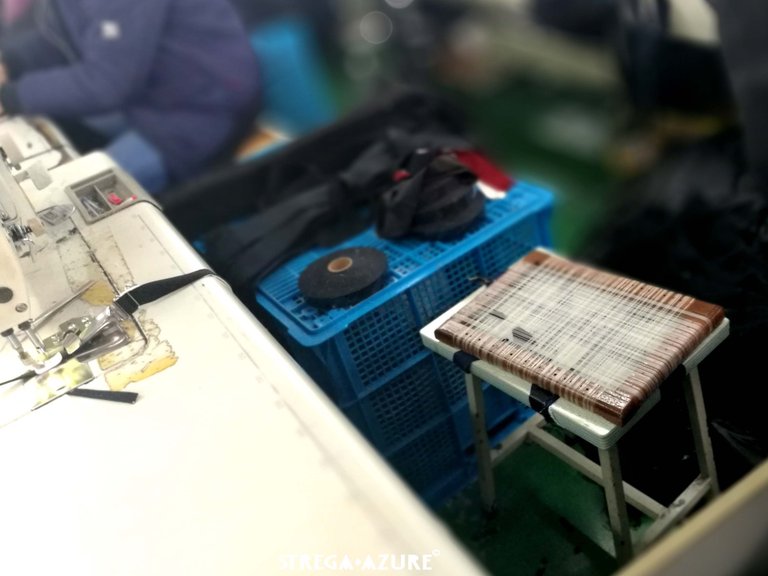

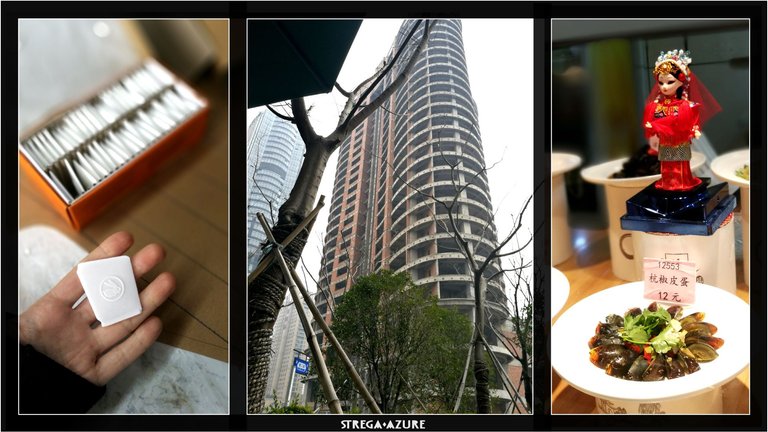

All pictures are my authorship if not stated otherwise.
All rights reserved @strega.azure ©


All rights reserved @strega.azure ©


